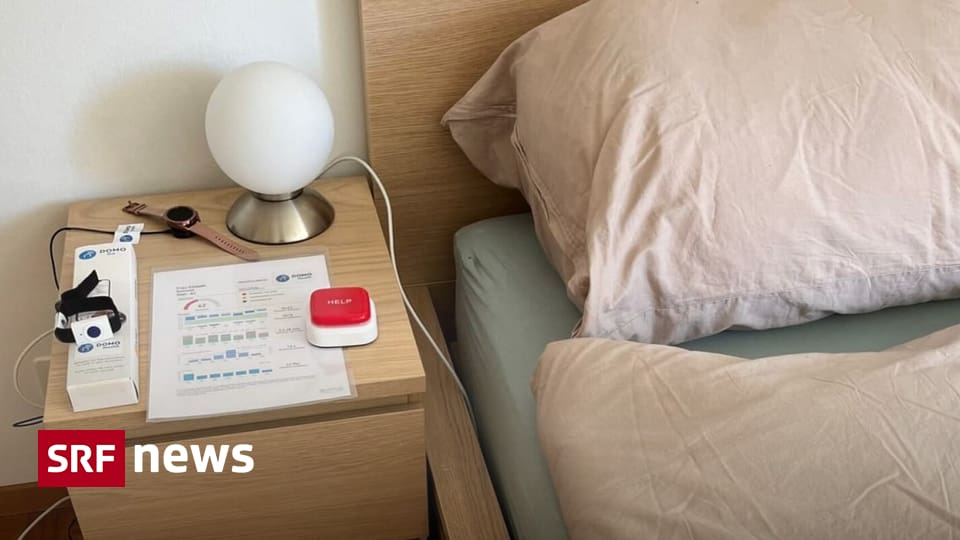Australian sleep specialist Carmel Harrington has dedicated her decades of scientific work to the study of sudden infant death syndrome.
She was driven by the impact of fate: in 1991, shortly before his second birthday, she lost her son Damien in a sudden infant death. A phenomenon that has not yet been described. Out of nowhere, small children stop breathing – and die.
Nearly 30 years later, he has made scientific advances that can be used to prevent children at risk: Harrington and his research team have identified the first biochemical marker that can cause sudden infant death syndrome while the baby is still alive.
The important messenger object in the brain
In the magazine “eBioMedicine” In a published study, levels of the enzyme butylcholinesterase (BChE) were found to be a potential cause of sudden infant death. The enzyme is a messenger in the brain that wakes children up when they stop breathing.
Harrington found that BCHE concentrations in children who died of SIDS were significantly lower than in life control and other dead children.
“There is a very powerful way to let us know when babies are not happy. When a baby faces a life-threatening situation like suffocation while sleeping on its stomach, it usually wakes up and cries,” Harrington said. Sydney Children’s Hospital Network. His research now shows that some children do not respond strongly to this stimulus. “It’s been suspected for a long time, but until now we do not know what caused the lack of awareness.”
Test to show risk
Harrington now wants to work on a blood test for children, which determines the risk of sudden infant death syndrome. “There is a lot to do! This is just the beginning. We need to understand a lot more and develop quick tests and treatment,” he says. “Built”. “It’s so much fun working with the children we have alive now – and making sure they are alive.”
After the death of his son, Harrington changed his life completely. “I have a degree in biochemistry, but I continue to study law because it is very difficult to get enough funding for scientific research in Australia.”
Still engaged in legal training, he initially spent much of his own research and talking to experts following the tragedy. “I realized that no one could tell me why this happened. There were no answers.”
There are many cases in Switzerland
Eventually, Harrington, inspired by Damien’s fate, made it his mission to return to university to pursue a doctorate in infant sleep, so he focused on the event of death in bed.
Today, Harrington is a renowned sleep specialist and funds research related to the University of Sydney and Westmead Children’s Hospital.
In recent decades, the number of cases of sudden infant death has already been significantly reduced, with parents continuing to recommend that their children be placed on their backs. In 1995, there were still 54 cases of sudden death of children in Switzerland. It was loud in 2019 Information from the Federal Statistics Office Only seven of them.
Early infant mortality is prohibited: “I encourage parents to learn about the child”(02:49)

“Wannabe pop culture fanatic. Zombie advocate. Entrepreneur. Internet evangelist. Alcohol fanatic. Typical travel buff.”





More Stories
Choosing the Right Quality Management Software for Your Industry
If guests bring items: Can shower gel be packed from the hotel?
Digital Technologies for the Elderly: Increasing Aging at Home – News